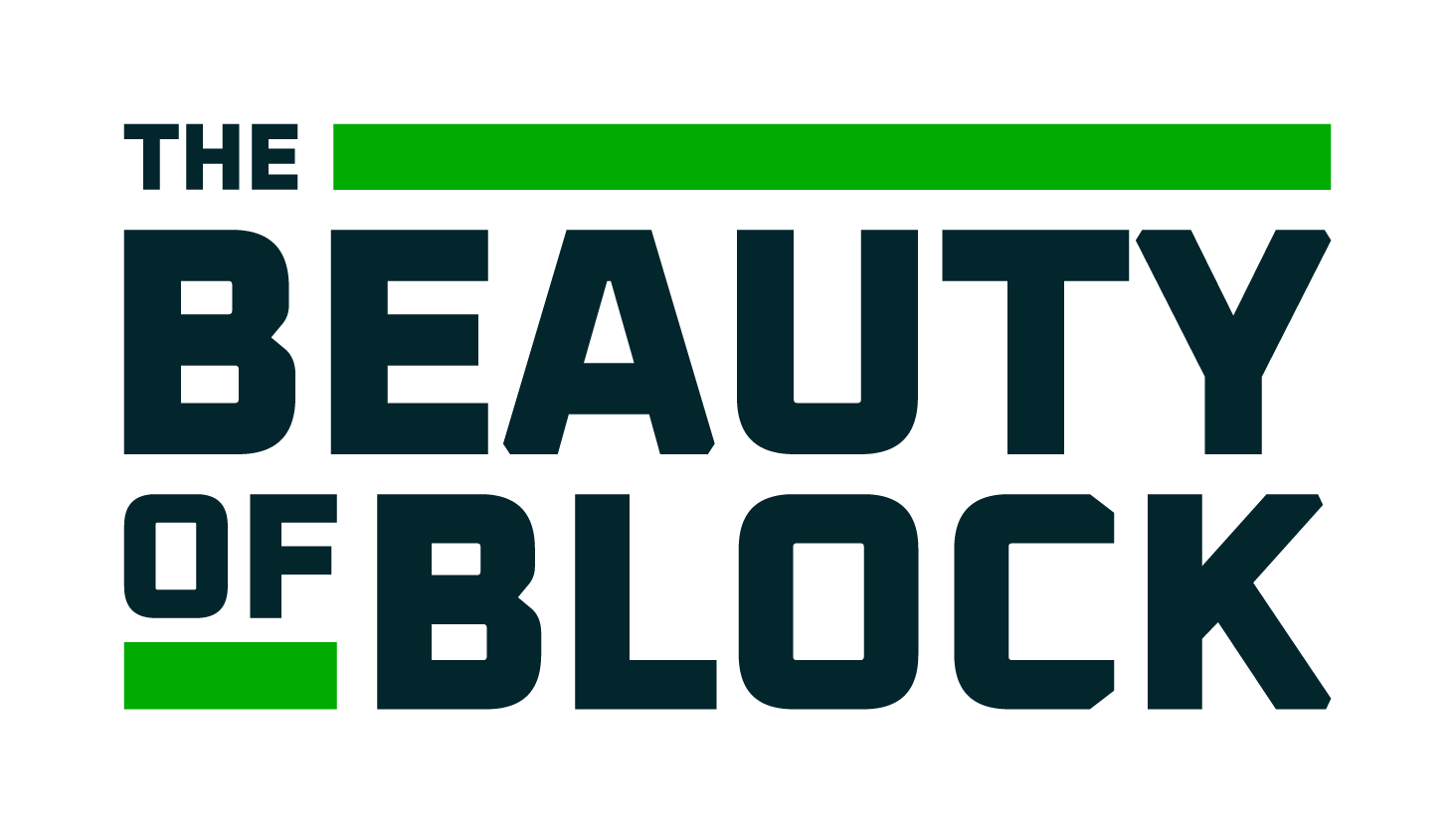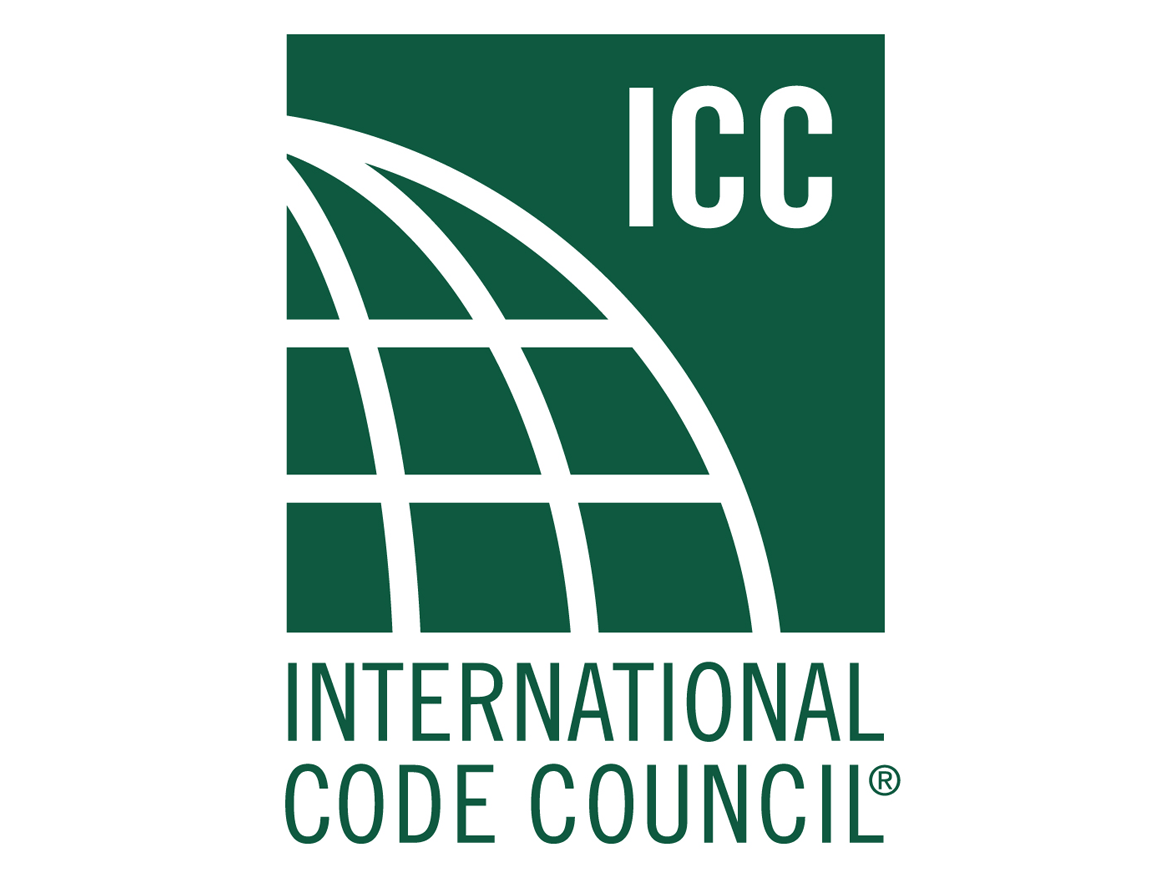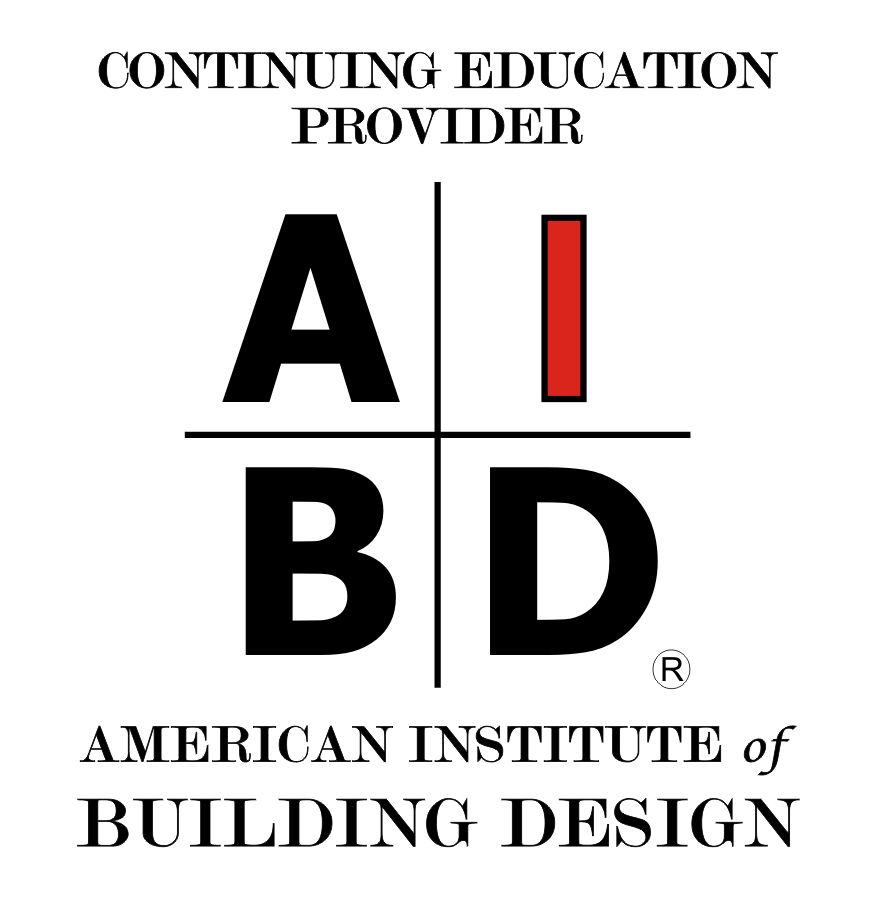CMU Embodied Carbon: Not All Concrete is the Same
Explore the differences between dry-cast and wet-cast when it comes to carbon sequestration
Sponsored by Concrete Masonry Checkoff | Presented by Heidi Jandris
Webinar On-Demand
This is the first course in our CMU embodied carbon series, focusing on how concrete masonry units (CMU) differ from traditional wet-cast concrete in terms of carbon impact. We will set the stage for the concrete and carbon sequestration discussion by looking at the larger geologic carbon cycle and greenhouse gas emissions; and how it all relates to climate change. We will then look at the concrete carbon cycle and recent CMHA sequestration research and testing which demonstrates the accelerated sequestration rates substantially reducing the overall embodied carbon of dry-cast CMU construction.

Photo courtesy of Jandris Block
 |
Heidi Jandris grew up immersed in her family’s New England concrete block business, Jandris Block, established by her grandfather in 1920. She received a Master of Science degree in Sustainable Building Systems from Northeastern University’s College of Engineering, a Bachelor of Architecture degree from Pratt Institute, and earned a Whole Building LCA (WbLCA-P) micro-credential from the British Columbia Institute of Technology. She provides technical services to the design community with a focus on embodied carbon while researching and implementing ways to improve the efficiency of and lower the environmental impacts of Jandris’ manufactured concrete products. She is chair of the CMHA masonry committee and serves on the CMHA executive committee. She is also a member of the Concrete Masonry Checkoff (CMC) Board and chairs the CMC national programs committee. |
Today's architects have the tall task of designing structures that check all the boxes: safe, stylish, sustainable, and all within budget. Concrete masonry shines in that it takes compromise entirely out of the equation. With CMU, there's no need to choose between looks and longevity, or sacrifice strength for stewardship. Block can enhance any vision as it’s safe, stunning, and a model of efficiency. Block doubles as both a structural system and a finish material, sparing you the headache of managing multiple trades and timelines. And while you may not always see block at work, its benefits can be felt everyday while still standing the test of time, year over year, decade after decade. That's the Beauty of Block.
Through the Beauty of Block program, architects gain free access to valuable resources including training, design tools, and ongoing support & making it easier than ever to design more efficient, cost-effective concrete masonry structures.
Originally published in Architectural Record
Originally published in April 2025
LEARNING OBJECTIVES
- Explore how concrete masonry construction offers interconnected sustainability strategies.
- Analyze the key similarities and differences between dry-cast concrete masonry units (CMU) and wet-cast concrete, explaining how these differences contribute to lower embodied carbon and increased carbon sequestration in CMU assemblies.
- Define terms that describe how concrete masonry construction fits into the climate change conversation and explain why concrete sequesters carbon dioxide.
- Review sequestration research conducted by the Concrete Masonry and Hardscapes Association (CMHA) that separates CMU from other types of concrete when evaluating embodied carbon.











